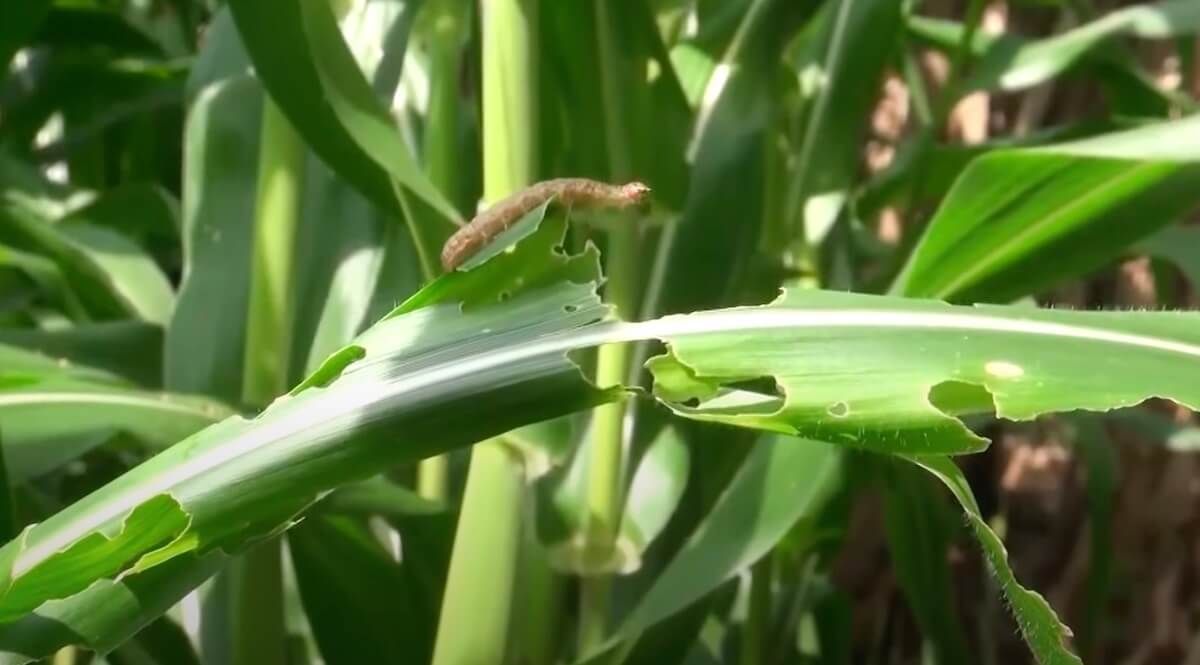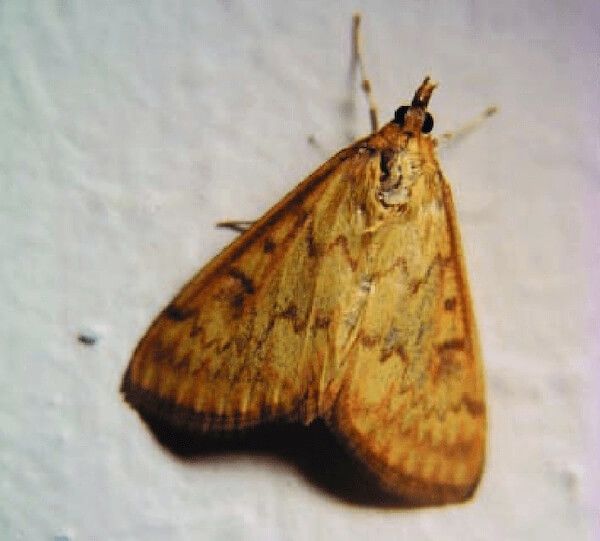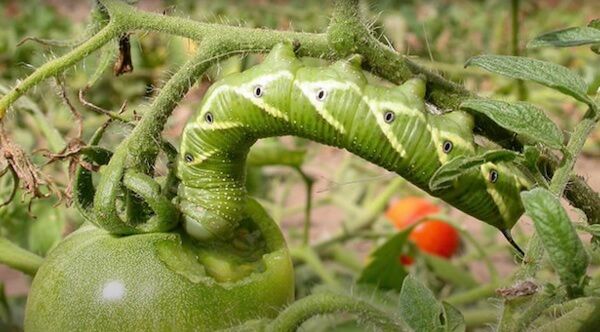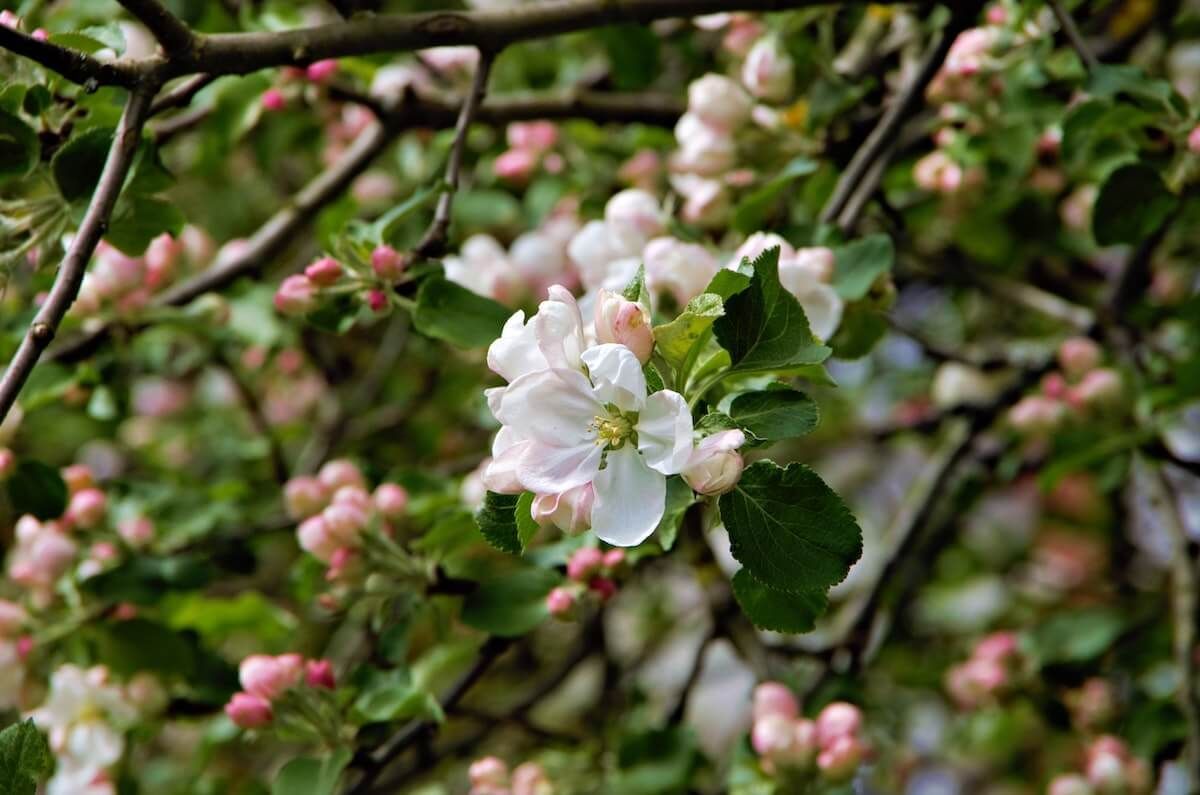How To Control Corn Earworm

Corn Earworm (Heliothis zea)
The corn earworm is a widespread pest, which is also known as tomato fruitworm on tomato, and cotton bollworm in cotton and tobacco.
Description
Adults are light tan moths with 1-1/2 to 2-inch (4-5 cm) wingspans. Larvae are light yellow, green, pink, or brown, and 1 to 2 inches (2.5-5 cm) long, with white and dark stripes on the sides, yellow heads, and black legs. Eggs are yellow or white, round, and ribbed.
Related Post: What Can You Do to Keep Out the Stink Bugs?
Life Cycle
Pupae overwinter in the soil. Adults emerge in early spring and can migrate long distances. Females lay eggs singly on the undersides of leaves or tips or corn ears.
Eggs hatch in 2-10 days; larvae feed for 2-4 weeks, then pupate in the soil. Adults emerge in 10-25 days. There can be 1 to 4 generations per year.

Plants Most Affected
Corn and tomato; also bean, cabbage, peanut, pepper, squash, and sunflower.
Damage
On corn, larvae feed on fresh silks, then move down the ears eating kernals and leaving trails of excrement. On tomatoes, larvae eat buds, chew large holes in leaves, and burrow into the ripe fruit. On other plants, larvae chew holes in leaves.

Means of Control
- Apply 5 drops of mineral oil or corn oil (apply only once) to corn ear tips when the silks begin to turn brown. If the eggs and larvae survive this barrier, use a knife to cut off affected ear tips before cooking. Most of the remaining ear will be clean and very edible
- Mixing a Bt (Bacillus thuringiensis) product with the oil improves control. Be very careful not to use: B.t. var. kurstaki (BTK) because that will kill butterfly larvae as well as pest caterpillars. Use regular BT only! If larvae begin to feed on oil-treated silk or ear tips they ingest Bt, cease feeding, and die
The best time to apply oil is 5-6 days after silk growth starts or 3-4 days after the silk is fully grown. At this time, the tips of the silks have begun to wilt and turn brown, and pollination is nearly complete. Although caterpillars that are already in the ear may be killed by the oil/Bt application, the best control is achieved when the oil is present prior to larval entry. The oil/Bt barrier persists after application and continues to kill newly entering larvae.
Apply it directly to the silk at the tip of the ear so that it will coat the silk channel. Higher quantities do not appear to give better control but may cause slightly oily ears at harvest
- Release purchased lacewings or minute pirate bugs early in the season to attack eggs and small larvae.
- Spray Neem Oil when it is registered for food crops
Related Post: The Endall Insect Killer Reviews











